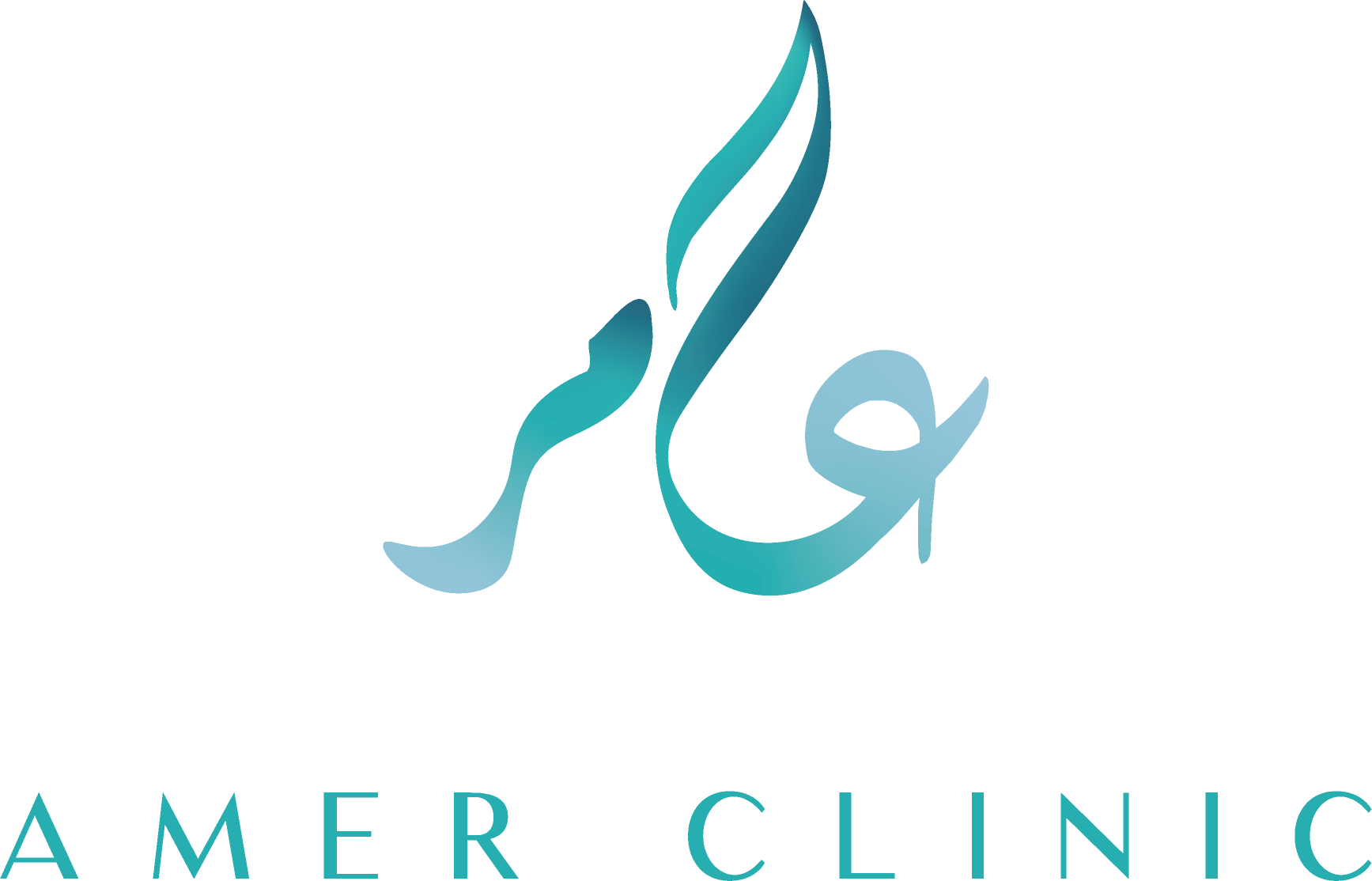Comprehensive Treatment of Facial Paralysis: Restoring Movement and Confidence
Facial paralysis can have a profound impact on a person’s life, affecting their ability to smile, speak, blink, or show emotion. Whether caused by trauma, surgery, Bell’s palsy, or congenital conditions, facial nerve paralysis requires timely and tailored treatment to restore both function and self-esteem.
What Is Facial Paralysis?
Facial paralysis occurs when the seventh cranial nerve (facial nerve) is damaged or not functioning properly. This may result in weakness or complete loss of movement on one or both sides of the face. Symptoms include drooping of the mouth, inability to close the eye, loss of facial expression, drooling, and difficulty eating or speaking.
Modern Approaches to Treatment
1. Medical Management
In early or mild cases, medications such as corticosteroids or antivirals may reduce inflammation and support recovery, especially in Bell’s palsy.
2. Physical Therapy
Facial rehabilitation exercises help improve muscle tone, coordination, and prevent long-term stiffness. Therapists use techniques like biofeedback and neuromuscular retraining.
3. Microsurgical Nerve Repair
In cases of severe or long-standing paralysis, advanced microsurgery is used to repair or graft nerves. Surgeons may perform nerve transfers, muscle transfers, or cross-facial nerve grafting to restore movement.
4. Dynamic Facial Reanimation
Plastic surgeons can use local or free muscle transfers—like the gracilis muscle from the thigh—connected to functioning nerves to recreate natural facial expressions.
5. Botox and Fillers
Botulinum toxin can be used to relax overactive muscles on the unaffected side of the face to create symmetry, while fillers can restore volume and improve appearance.
6. Psychological Support
Living with facial paralysis can be emotionally challenging. Mental health support and counseling play an important role in recovery and confidence-building.
Why Early Diagnosis Matters
Early diagnosis and a customized treatment plan greatly improve the chances of a full or partial recovery. Specialists in facial nerve surgery and microsurgery can guide patients through the best path forward depending on the cause, duration, and severity of paralysis.
Conclusion
Thanks to the evolution of surgical techniques and rehabilitation strategies, facial paralysis is no longer a hopeless condition. With the right medical team, including skilled plastic surgeons, neurologists, and therapists, many patients regain their facial movement, expression, and emotional well-being.
If you or a loved one is facing facial paralysis, seek evaluation from a qualified specialist to begin your journey toward recovery and renewed confidence.
